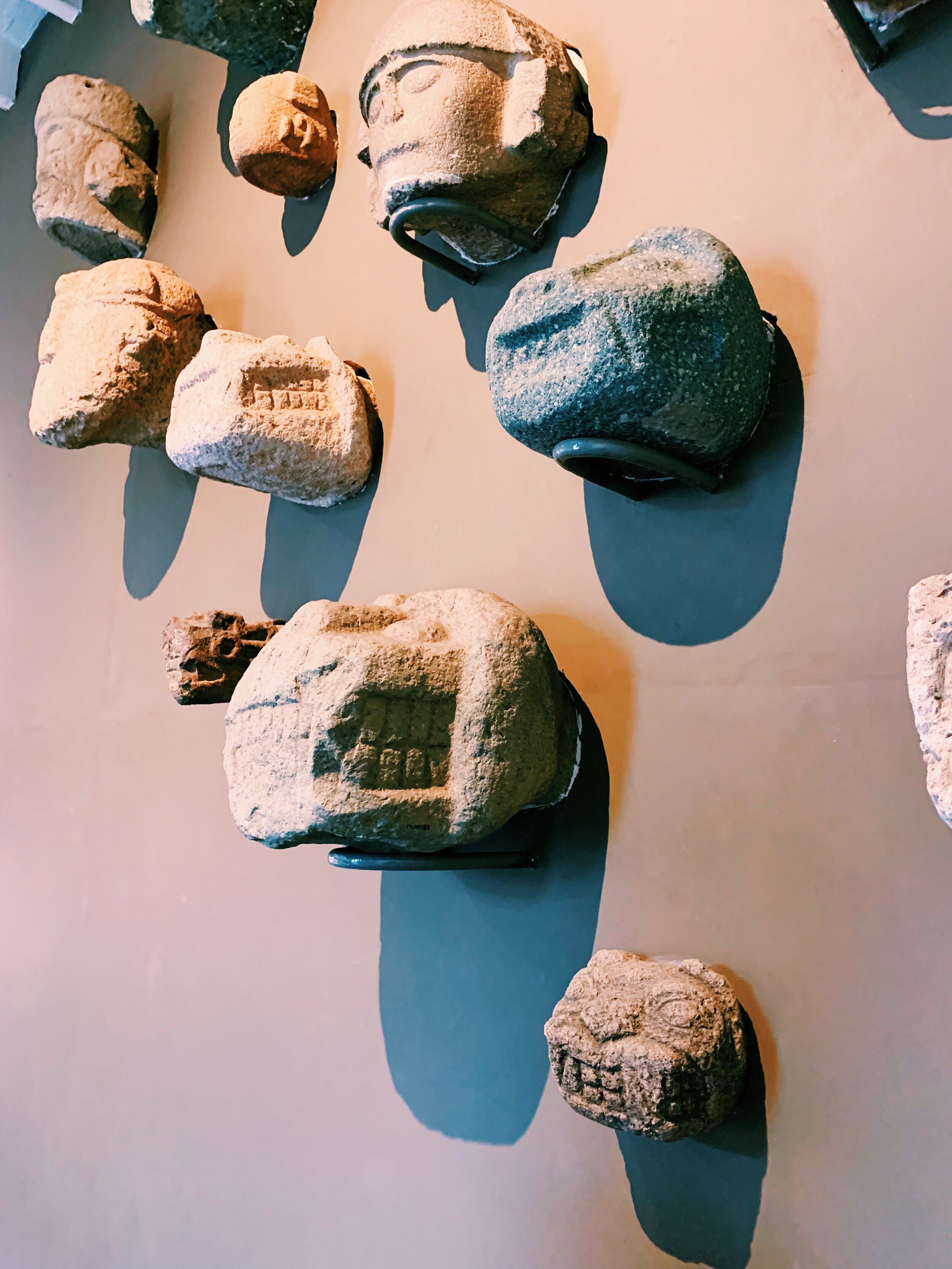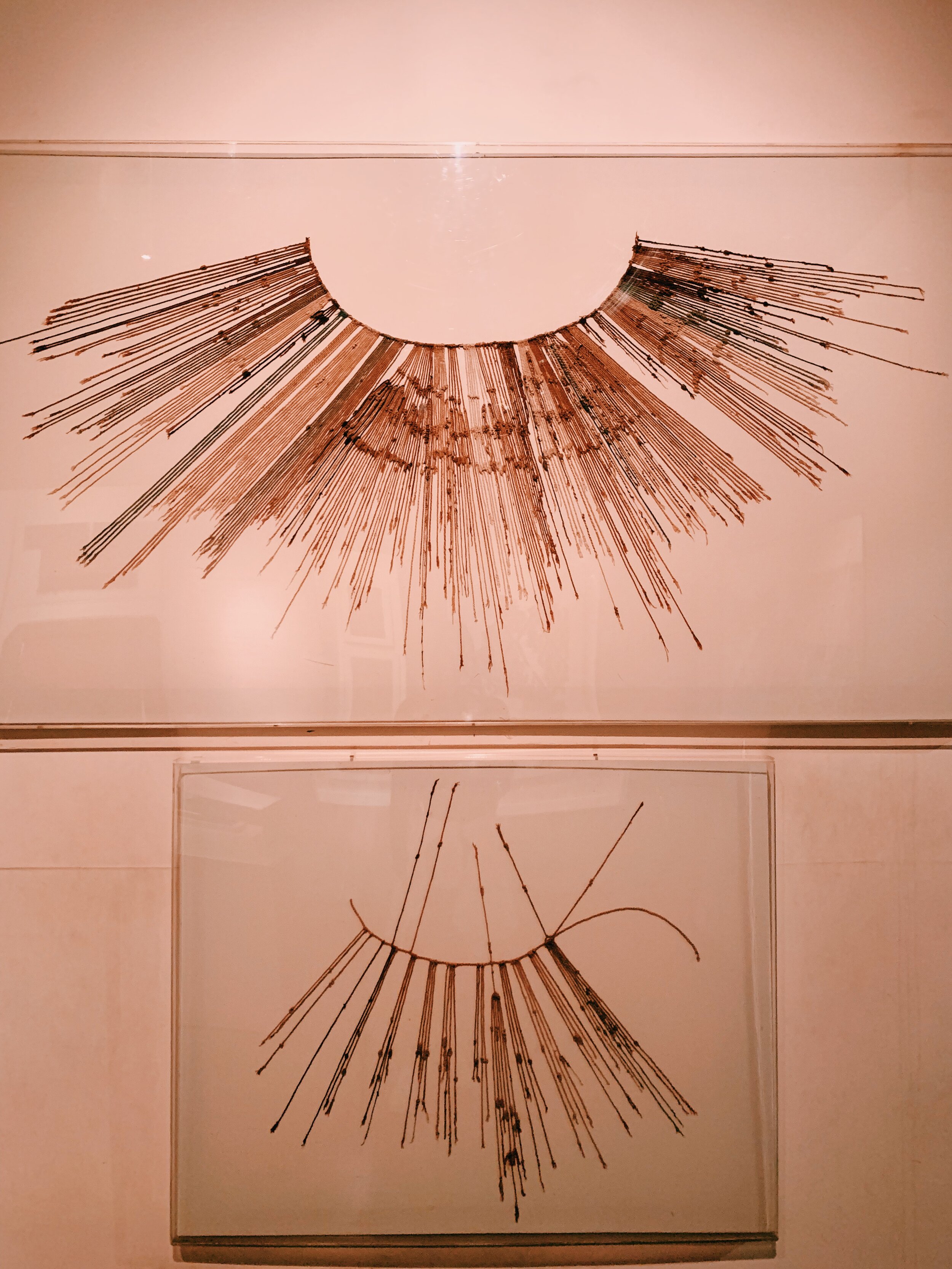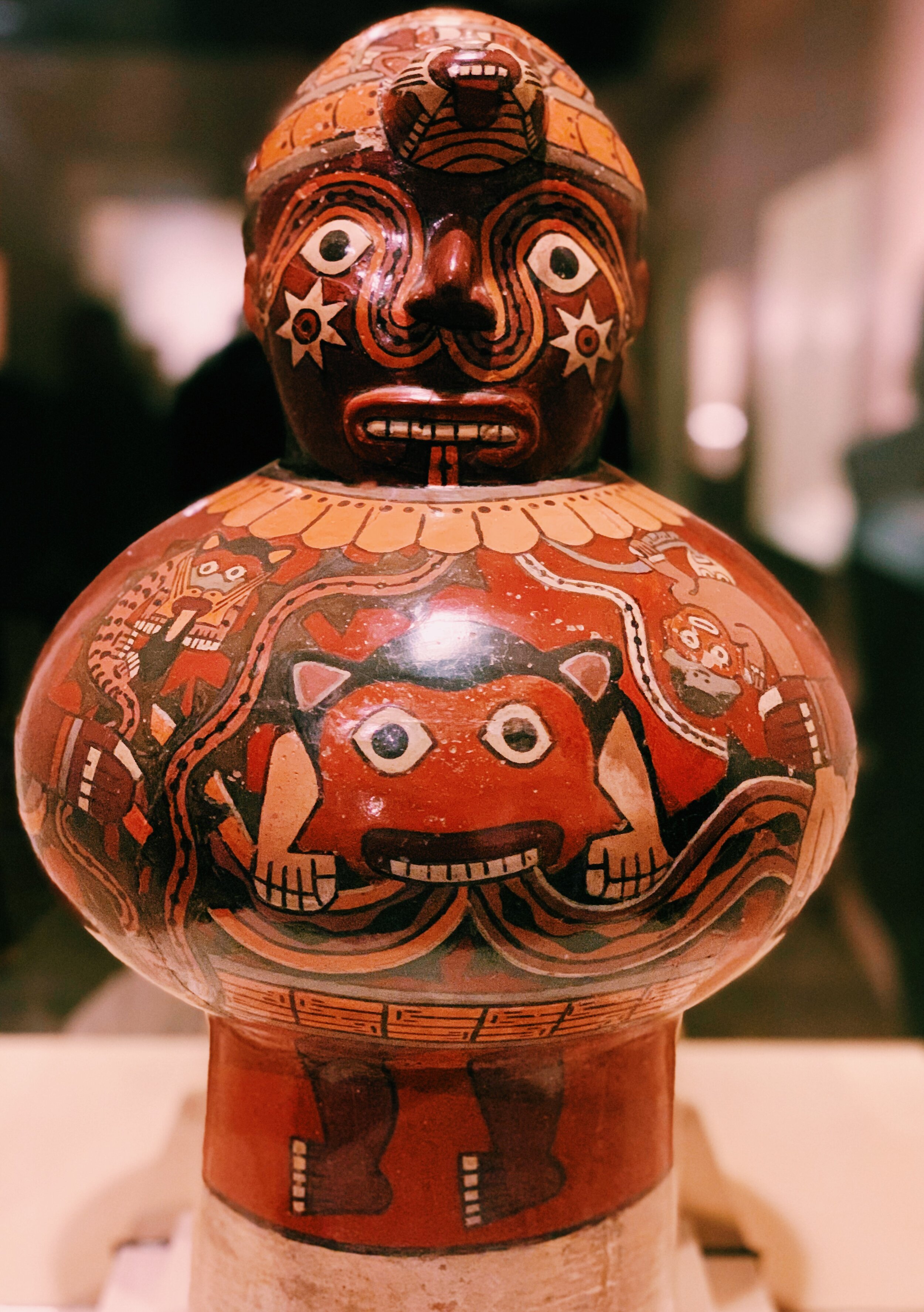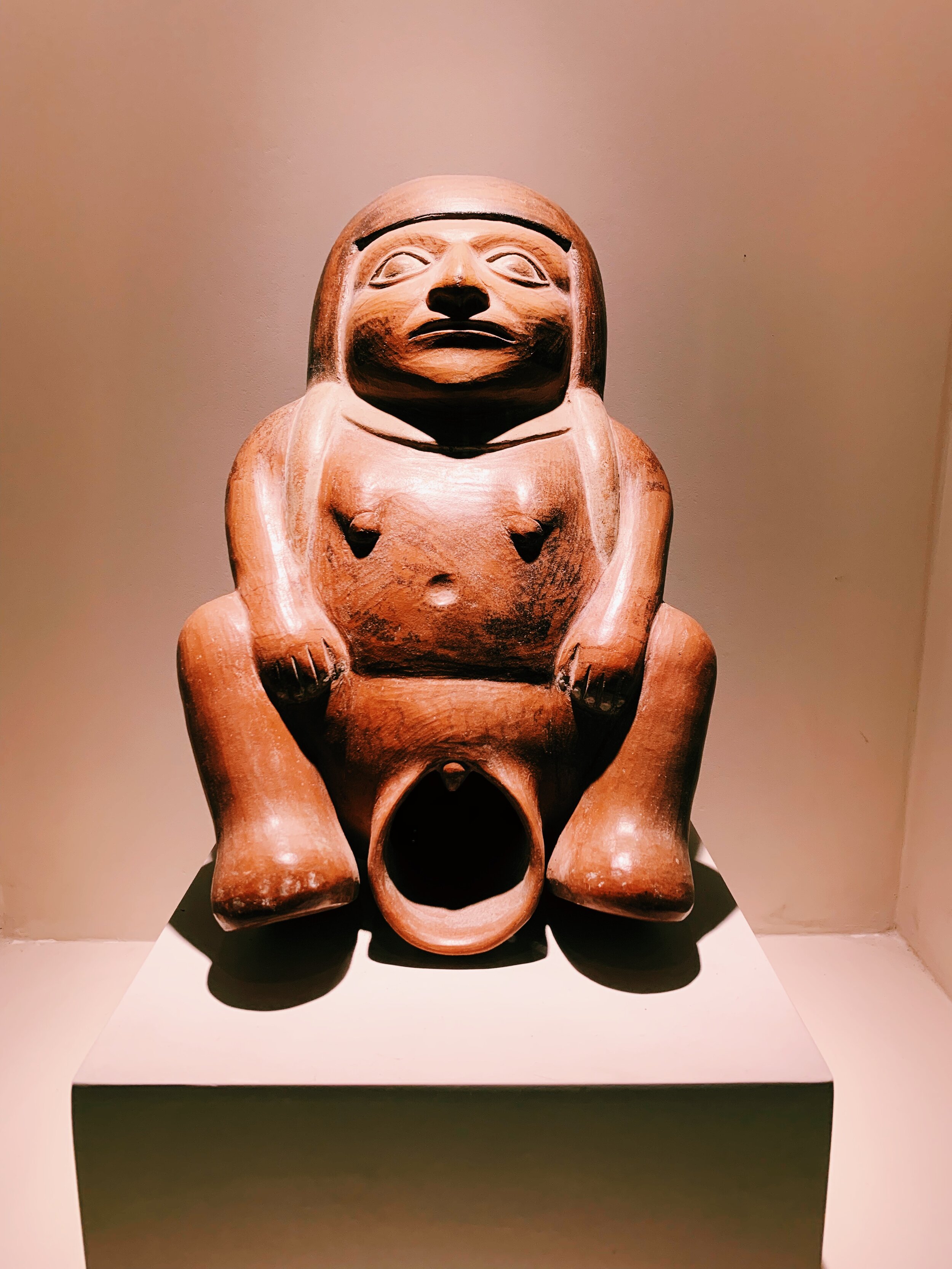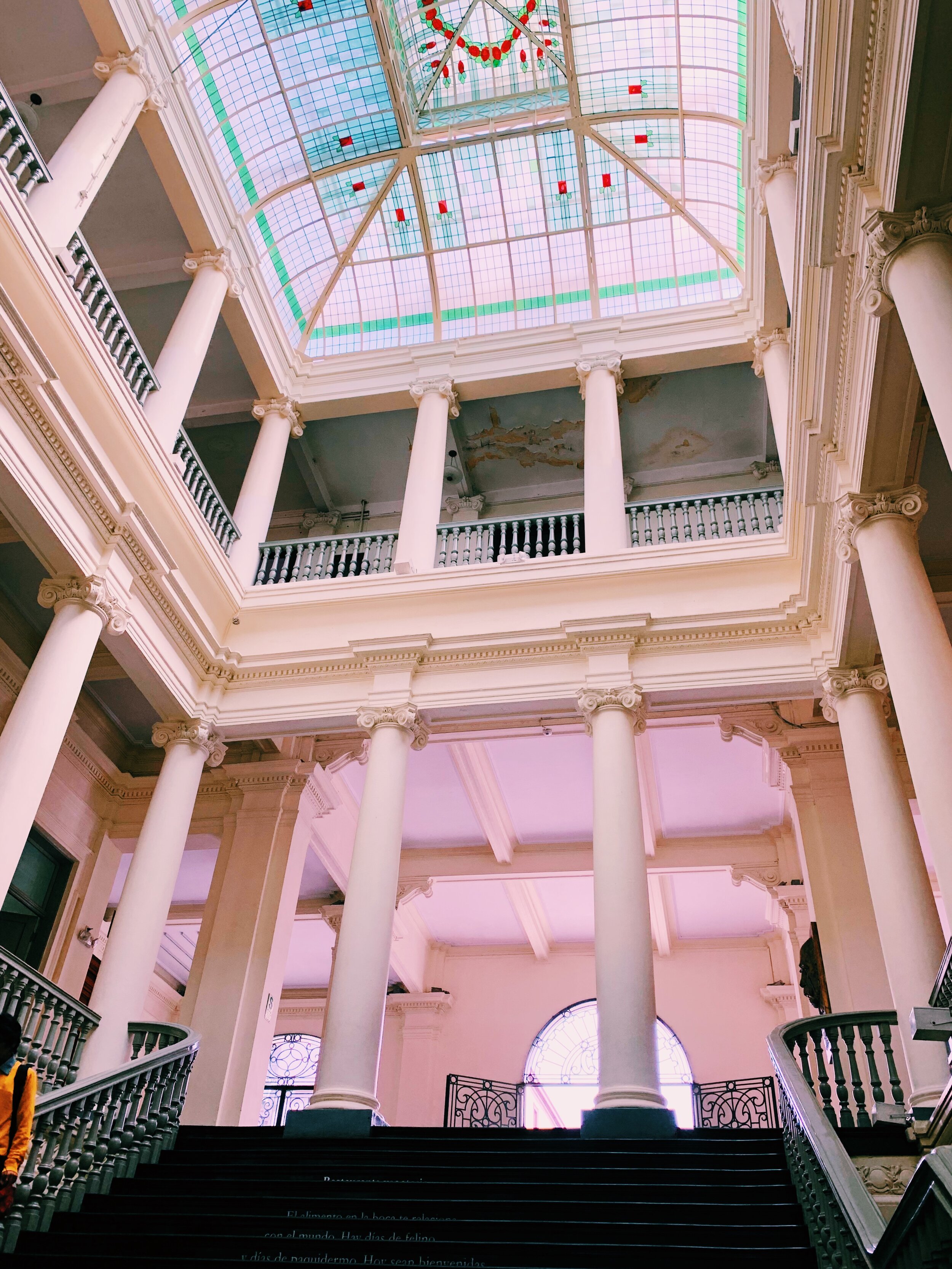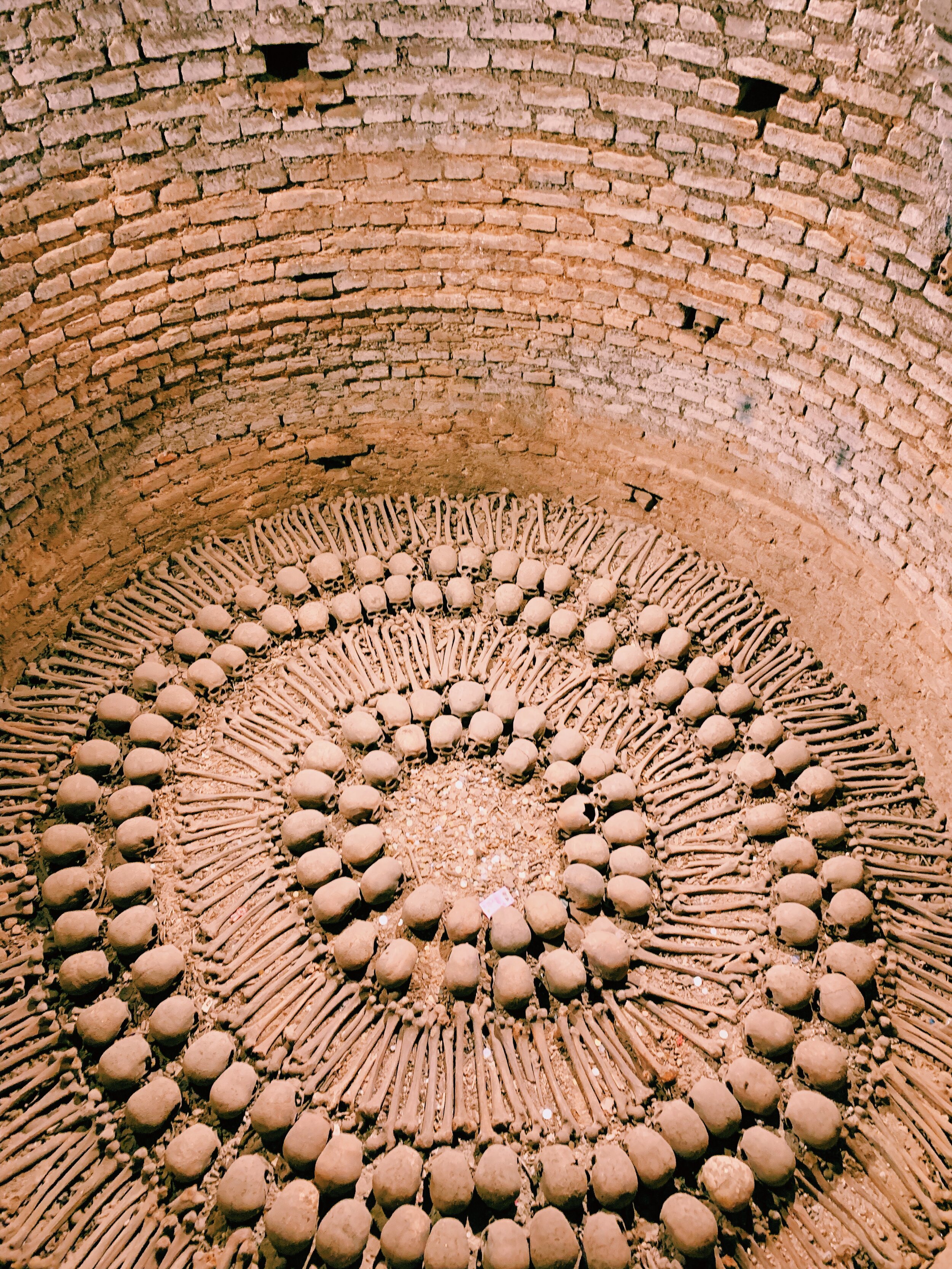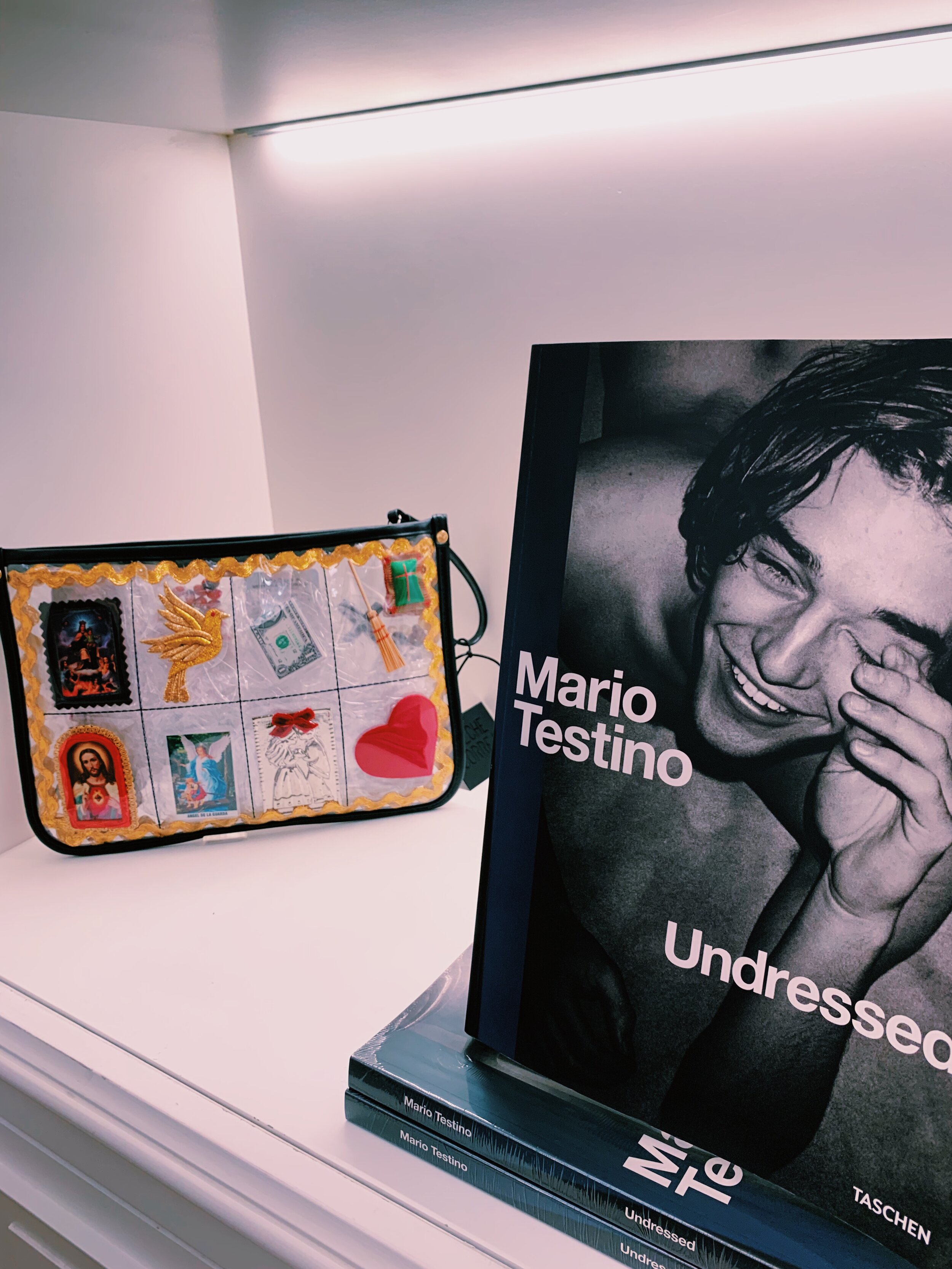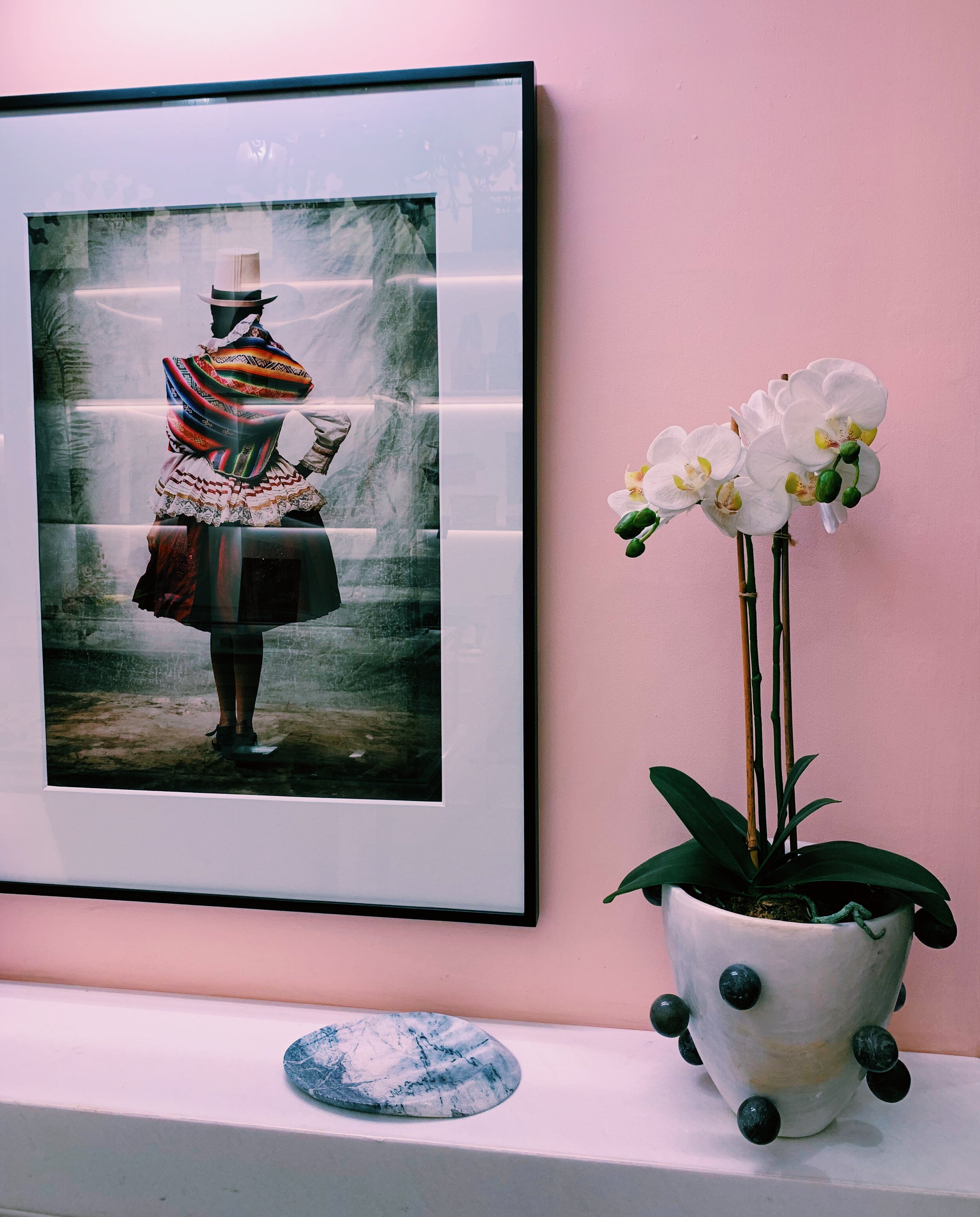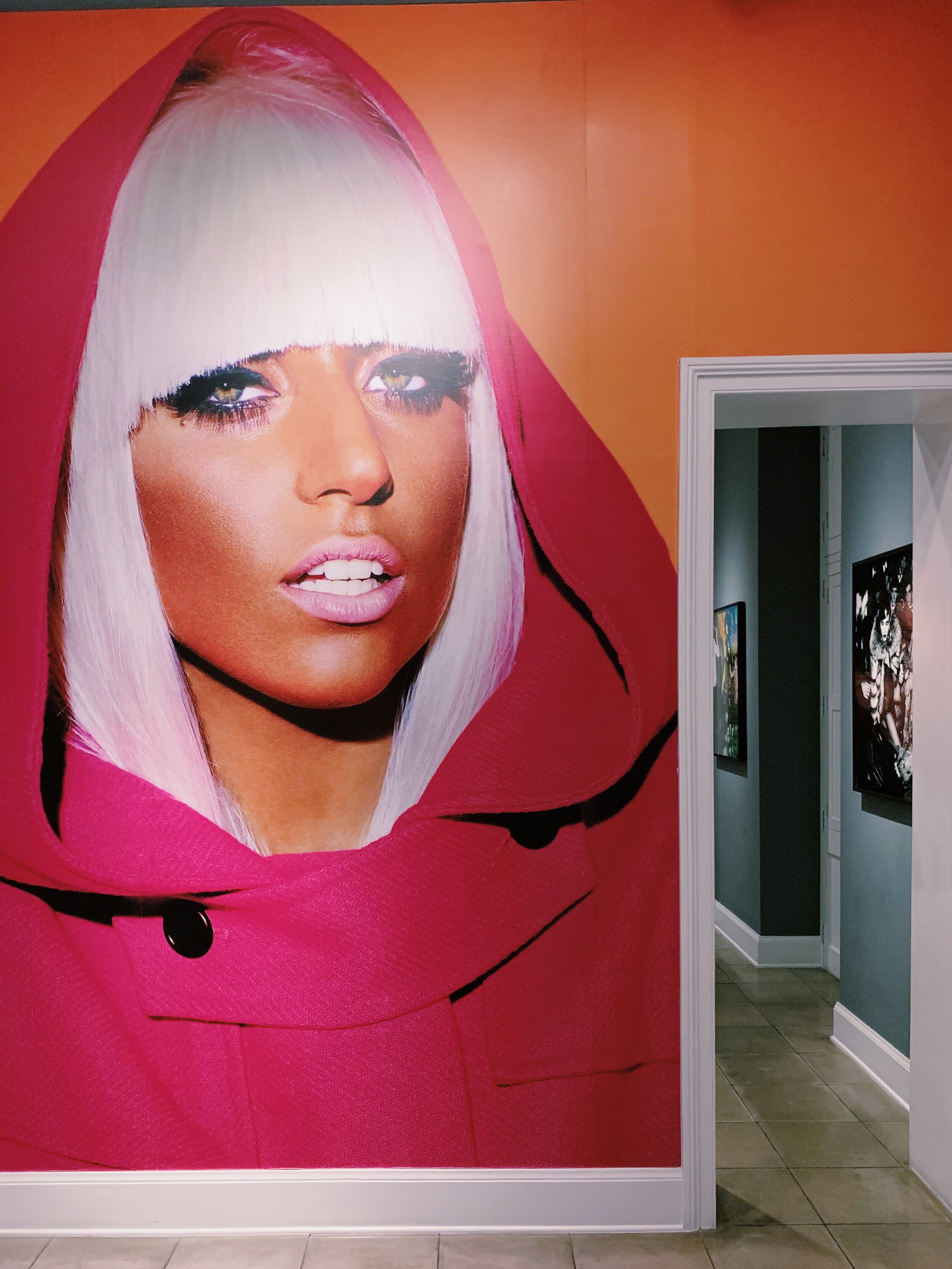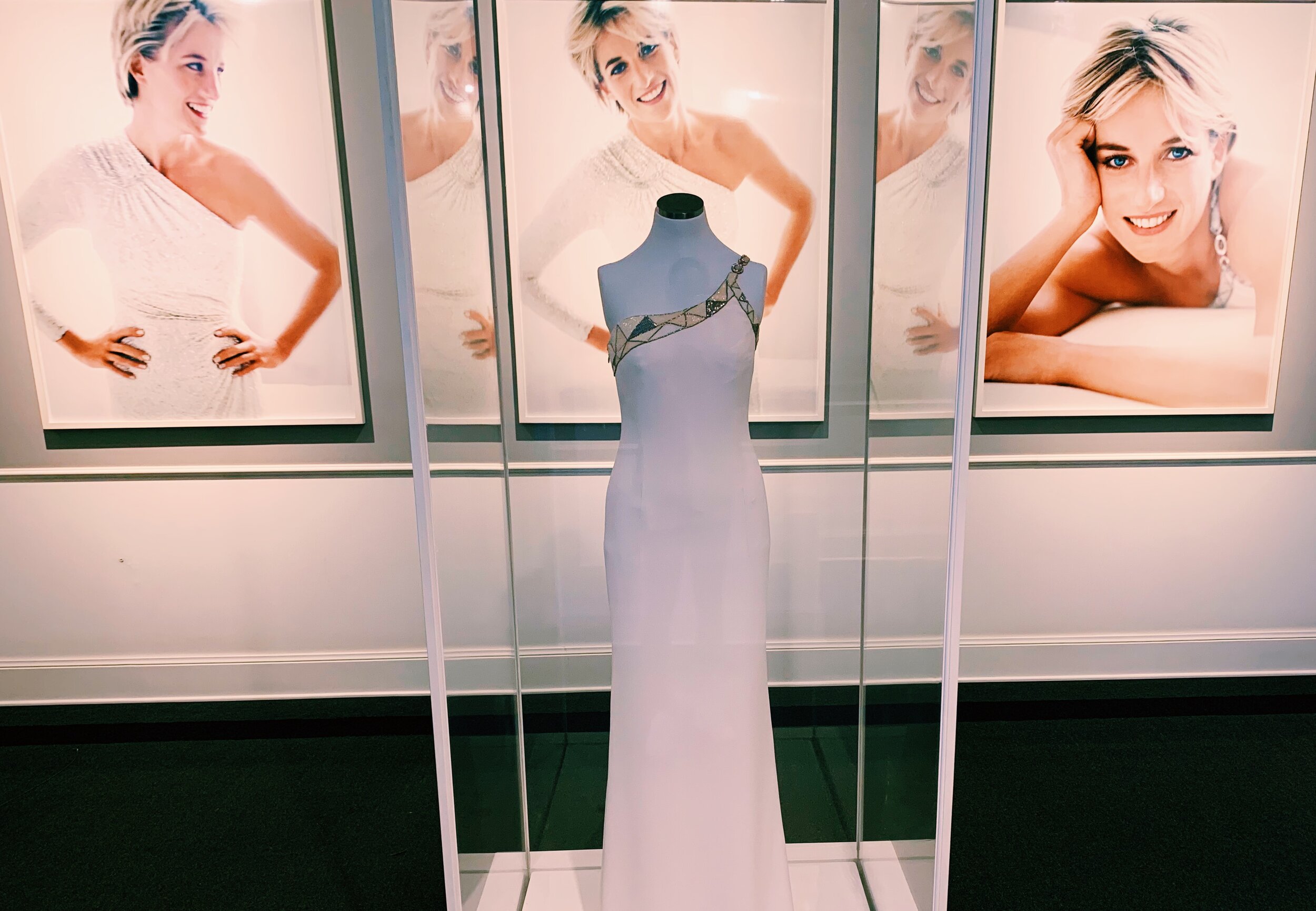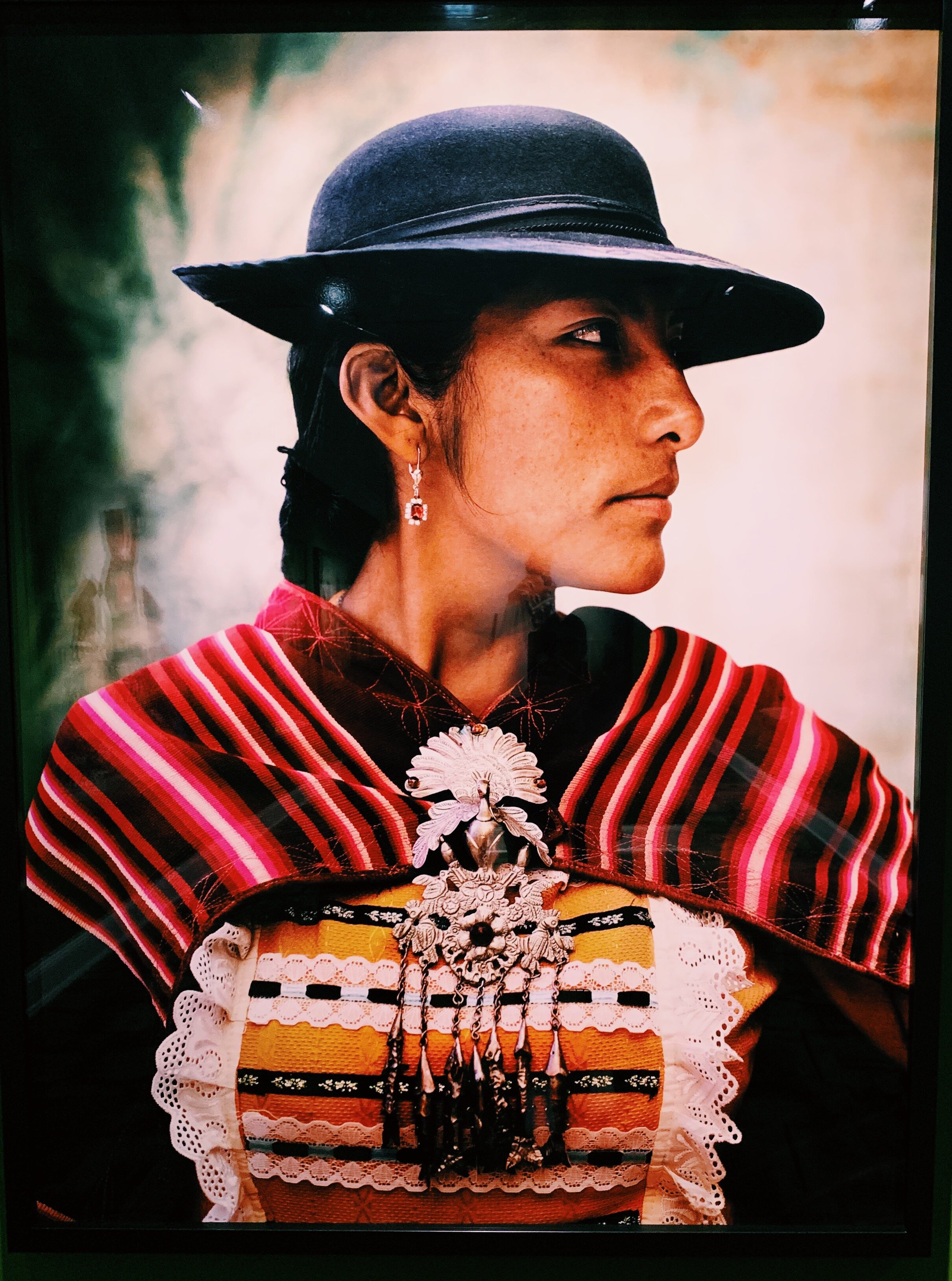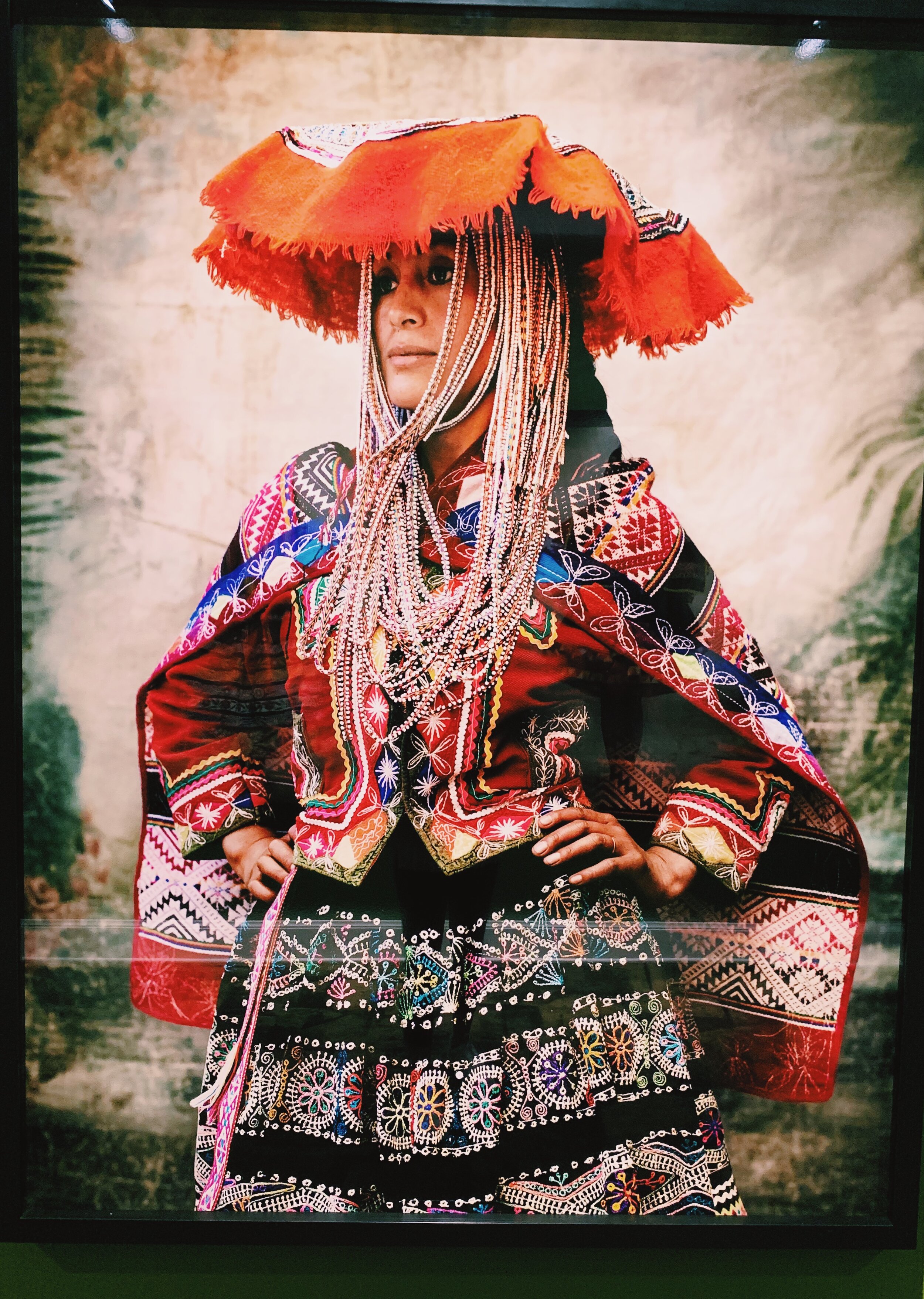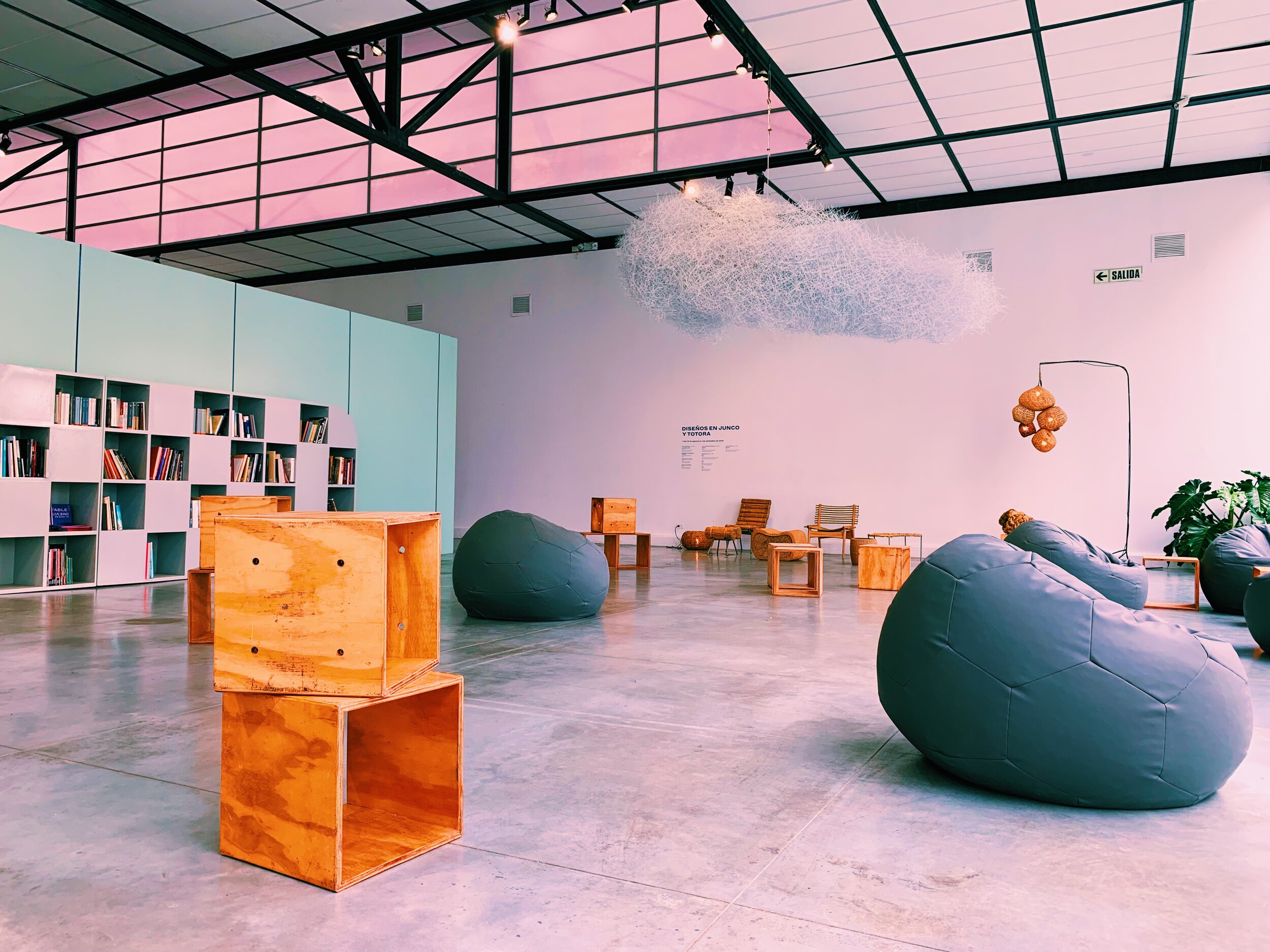Cultural Encounters in Lima, Peru
art & history in the heart of the city
Peru is home to one of the most powerful ancient empires in history, often compared to the Romans for they both had strategic diplomacy and advanced travel routes that led to their thriving cultures. The Incan culture, along with many South American and indigenous tribes, was overlooked in my history lessons in school. So, part of my journey south has been to peel open the stories that were withheld during my education so that I can see for myself what really went down during the pre -and post-Incan times. I was recommended to visit Museo Larco during my stay in Lima and so it was my first stop to review the history of the natives in the Amazon and along the Pacific coast. A time before the Incas would dominate the region from Colombia to Chile, and who themselves would eventually be overthrown and stripped of power by the Spanish. Peru is considered one of the Cradles of Civilization because of their early civilizations that emerged independently, uninfluenced by other societies. Makes you think about how vastly different our modern societies exist from theirs.
If you are particularly interested in this subject matter, a half-day visit to Museo Larco is a must. This is where I would learn the basic timeline of the Incas and specifically the native tribes that developed impressive systems and tools thousands of years before the reigning empire. The layout of the museum is thoughtfully designed to walk you through the timeline of history accompanied by beautifully written English descriptors. The expansive collection includes hundreds of thousands of ceramics, textiles, tools, and attire making it one of the finest museums I have ever walked through, even when compared to elite European and American museums.
During my visit, I read about the devoted native people of the region who worshipped many gods all representing different elements of mother earth. I came face to face with a mummified child who was sacrificed to the gods for the purpose of inviting in good weather and fertile soil for their agriculture to flourish. I saw my reflection in the gilded crowns of the royalty, septum piercings donning wide gold plates and gauged ears dropping to their shoulders to show their high-ranking in society. I was fascinated by their body modifications that included re-shaping their skulls, stretching out skin on the body out and donning proud gold and silver jewelry that was nothing short of ostentatious. Many of these styles of personal expression and changes to the form still exist today. As room after room kept opening up to more collected relics, I was more and more consumed by the intricate art forms that displayed before me. I can remember walking beneath a tapestry made entirely from delicate bird feathers to make up a thick textile that must have taken a year to produce. I admired the sheen from the pronounced metalwork that was worn by tribe leaders during celebrations and I counted the birds, serpents, and feline icons that dominated nearly every handmade good. Walking amongst the glass cases that reached high to the second story were filled with layers of clay pots, reminding me of the artifacts in Pompeii that show the everyday objects of an entire civilization. They are simple tools that become a more grandiose story of their own when all held in the same space like this. The final exhibits were of the decorative and gold-leaf adornments worn by the royalty of the Incas. Much like the Egyptians, they were highly decorated, they saw themselves as regal beings on earth and were unafraid to walk proudly while dripping in hand-crafted elements from the earth. They were even buried with their treasures, so their ranking would carry on to the next life, in the hopes of becoming timeless gods themselves. This history is complicated as stories are still developing and artifacts are being examined continuously as technology develops, giving archeologists and anthropologists ever-evolving information about what life was like 500 to 5,000 years ago.
Whichever part of world history fascinates you, diet, fashion, language, politics, social structures, or architecture, the Peruvian history is one worth exploring as it is informs us of advanced cultures from the pre-Incan Quechua people that are still alive today to the rise and fall of the Incan empire.
Art-fanatics can’t miss these other museums
MAC Museum of Contemporary Art—Rotating exhibits from contemporary artists and creatives are displayed in this sophisticated and modern museum that seems to float above a water feature outside, becoming a piece of art itself.
MATE Mario Testino Museum—Fashion photography fans must stop by this museum. Testino is one of the most well-known photographer’s in the world and was shaped by his culture and roots in his home city of Lima.
Museo Pedro de Osma—An excellent way to see the Peruvian’s religious iconography adapted from the Spanish through painting and sculpture, along with a few gallery’s with extensive artifacts from the Inca’s and Spanish royalty
Art Galleries—there is an entire tourists map dedicated to the plethora of art galleries that can be visited between Miraflores and Barranco


